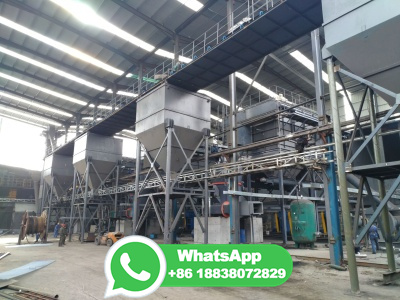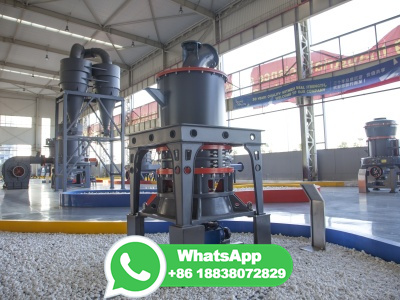Destructive Distillation Of Coal
WEBNov 19, 2023 · Chemical Feedstock: Coal tar obtained from distillation serves as a feedstock for the production of various chemicals, including dyes, fertilizers, and pharmaceuticals. Energy Production: Coal gas generated during the process can be used as a fuel for heating and lighting appliions.


































